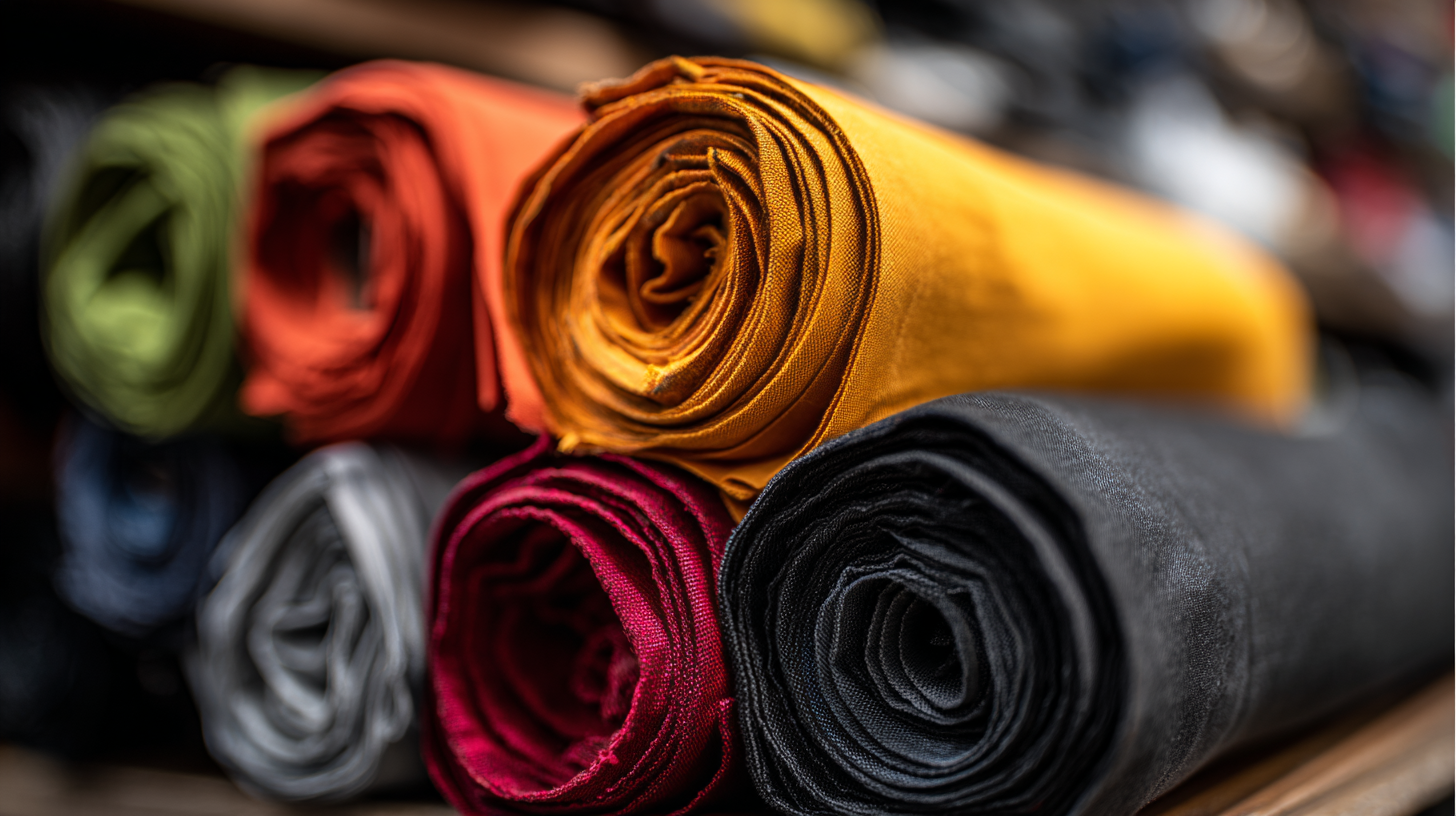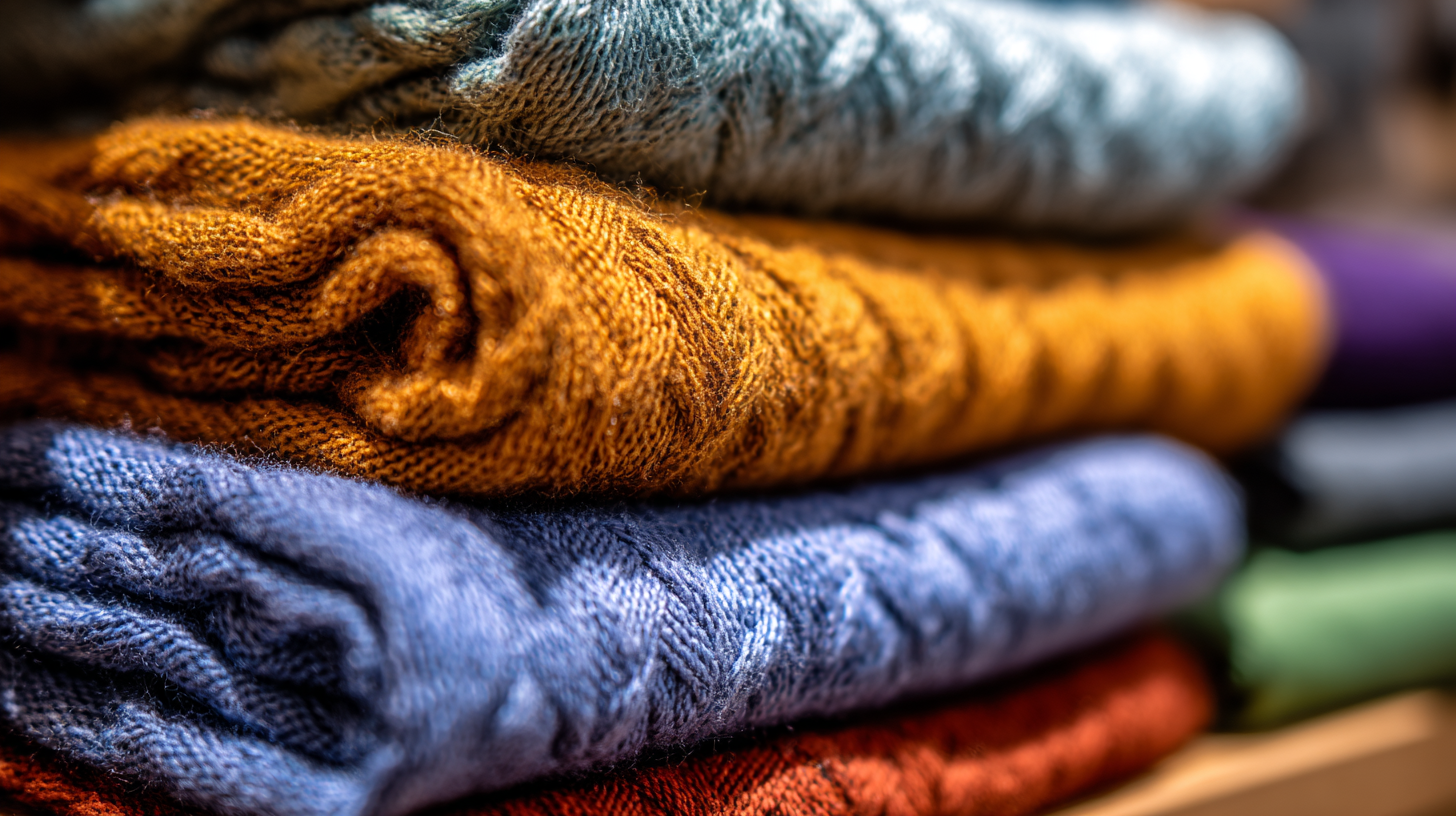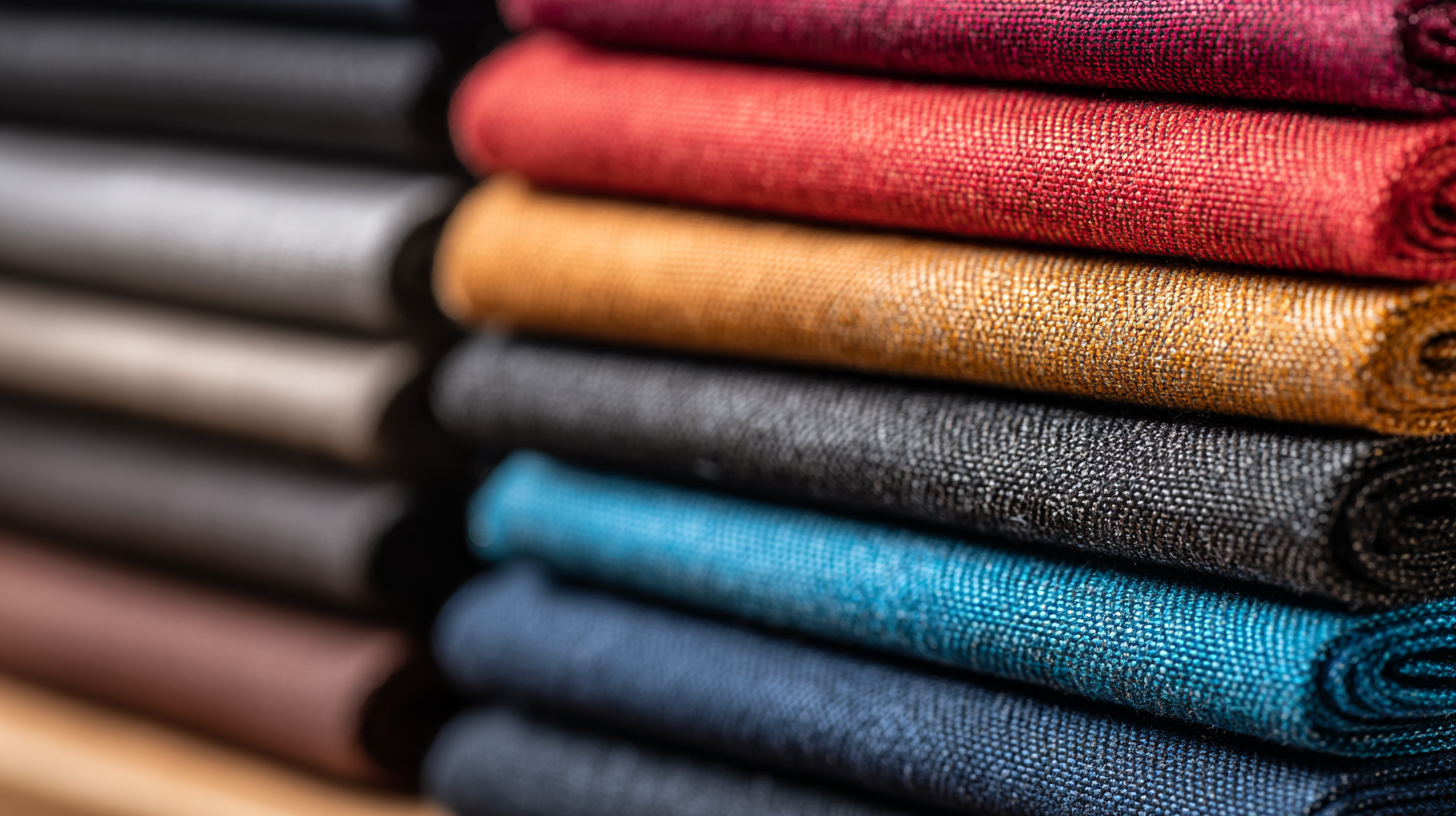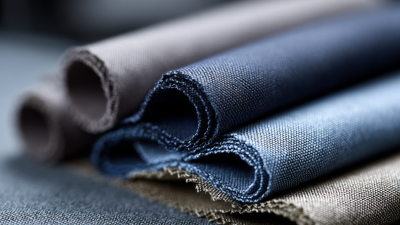
-
Home
-
Products
-
About Us
-
News
-
Blog
-
Video
-
Contact
Leave Your Message

 When it comes to ensuring safety and protection in various work environments, the choice of materials plays a crucial role, particularly when selecting cut resistant cloth. This specialized fabric is designed to withstand sharp objects, making it essential for industries such as manufacturing, construction, and culinary arts. With so many options available, it is vital to understand the factors that influence the effectiveness and suitability of cut resistant cloth for your specific needs.
In this blog, we will explore seven essential tips that will guide you in making the best choice, ensuring that you prioritize safety without compromising comfort or flexibility. Whether you're looking for something to enhance your workplace safety protocols or simply seeking the best option for personal use, these insights will help you navigate the complexities of selecting the right cut resistant cloth.
When it comes to ensuring safety and protection in various work environments, the choice of materials plays a crucial role, particularly when selecting cut resistant cloth. This specialized fabric is designed to withstand sharp objects, making it essential for industries such as manufacturing, construction, and culinary arts. With so many options available, it is vital to understand the factors that influence the effectiveness and suitability of cut resistant cloth for your specific needs.
In this blog, we will explore seven essential tips that will guide you in making the best choice, ensuring that you prioritize safety without compromising comfort or flexibility. Whether you're looking for something to enhance your workplace safety protocols or simply seeking the best option for personal use, these insights will help you navigate the complexities of selecting the right cut resistant cloth.
 Understanding cut resistance ratings is essential when selecting the right cut-resistant cloth for your specific needs. These ratings help gauge the material's ability to withstand cuts and abrasions, ensuring safety in various work environments. Cut resistance is typically measured using the American National Standards Institute (ANSI) standard, which categorizes materials from A1 to A9, with A1 offering minimal protection and A9 providing the highest level of cut resistance. By familiarizing yourself with these ratings, you can make informed decisions that align with your safety requirements.
Understanding cut resistance ratings is essential when selecting the right cut-resistant cloth for your specific needs. These ratings help gauge the material's ability to withstand cuts and abrasions, ensuring safety in various work environments. Cut resistance is typically measured using the American National Standards Institute (ANSI) standard, which categorizes materials from A1 to A9, with A1 offering minimal protection and A9 providing the highest level of cut resistance. By familiarizing yourself with these ratings, you can make informed decisions that align with your safety requirements.
When evaluating cut-resistant cloth, consider the tasks you'll be performing and the potential hazards involved. Higher cut resistance may not always be necessary for light tasks, while more demanding jobs in construction or manufacturing might require advanced protection. Additionally, look for materials that balance cut resistance with comfort and flexibility. Finding the right combination will ensure you maintain dexterity while protecting against injuries. Understanding these factors can empower you to choose the best cut-resistant solution tailored to your unique work conditions.
When it comes to selecting cut-resistant cloth, the material composition is a pivotal factor that can significantly impact both safety and comfort. Start by investigating various fabrics designed for protective gear. Look for materials that integrate advanced fibers, such as aramid or polyethylene, known for their strength and durability. These options not only provide excellent resistance to cuts but also maintain flexibility, essential for ease of movement in various activities.
Another essential tip is to consider the potential for sustainable practices in fabric sourcing. Innovations in textile manufacturing now allow for the use of recycled materials, enhancing the ecological footprint of your choices. Opting for garments made from sustainable fabrics can minimize environmental impact while still meeting performance needs. Additionally, keep an eye on the latest developments in fabric technology, such as the integration of nanoparticles, which may offer enhanced protective properties and further broaden the applications of your cut-resistant cloth. This fusion of innovation with sustainability ensures you select a fabric that not only protects but also aligns with responsible consumerism.
| Fabric Type | Cut Resistance Level | Comfort Level | Weight (g/m²) | Applications |
|---|---|---|---|---|
| Kevlar | A3 | High | 200 | Manufacturing, Metalworking |
| Dyneema | A4 | Medium | 150 | Escape and Rescue, Fishing |
| Steel Mesh | A5 | Low | 300 | Butchery, Glass Handling |
| Composite Yarns | A3 | High | 180 | Automotive, Construction |
| Aramid Fiber | A4 | Medium | 220 | Logistics, Shipping |
When selecting cut-resistant cloth, achieving a balance between comfort and protection is paramount. According to a report by the National Safety Council, workplace injuries involving cuts and lacerations account for nearly 40% of all non-fatal injuries. This statistic emphasizes the need for reliable cut-resistant materials, but comfort should not be overlooked. Prolonged use of stiff and uncomfortable fabrics can lead to fatigue, reducing worker efficiency and overall safety.
Tip 1: Look for fabrics that feature advanced cut-resistant technologies like para-aramid fibers or high-performance polyethylene. These materials provide superior protection without sacrificing flexibility, allowing wearers to maintain dexterity and comfort throughout their tasks.
Tip 2: Consider the fit and design of the garment. Garments that offer ergonomic designs and adjustable features can enhance comfort, enabling users to work in varying conditions without compromising on safety. A well-fitting cut-resistant garment not only protects but also ensures that the wearer can remain mobile and focused on their work.
Tip 3: Don't underestimate the importance of breathability. Fabrics with moisture-wicking properties can help regulate temperature and keep the wearer dry, effectively increasing comfort levels during extended wear. When evaluating cut-resistant options, prioritize those that blend protection with breathable materials to ensure a balance that meets both safety and comfort needs.
When selecting cut-resistant cloth, evaluating fit and flexibility is crucial for achieving optimal performance. A well-fitted garment minimizes the risk of exposure while allowing for the necessary movement required in various tasks. According to a report by the American National Standards Institute (ANSI), improper fit can compromise the effectiveness of protective clothing by up to 50%, making it vital to choose a style that complements one’s specific activities.

In addition to fit, flexibility plays a significant role in overall comfort and safety. Cut-resistant materials need to maintain their protective qualities while ensuring free range of motion. The use of high-performance fibers, such as Kevlar and Dyneema, enhances both flexibility and protection. For instance, data from the National Institute for Occupational Safety and Health (NIOSH) has shown that garments designed with these materials outperform traditional options in terms of comfort and dexterity.
Tip: Always try on different styles and sizes to determine what fits best without hindering your performance. Another important tip is to look for layered designs that offer additional protection while remaining lightweight and flexible, ensuring you can work efficiently and safely. Prioritizing fit and flexibility is essential for maximizing the effectiveness of cut-resistant clothing in any demanding environment.
When investing in cut resistant cloth, proper care and maintenance are crucial to ensure its longevity and effectiveness. According to a report by the Occupational Safety and Health Administration (OSHA), 70% of workplace injuries can be prevented by using appropriate personal protective equipment (PPE), including cut resistant materials. However, the effectiveness of these materials is heavily influenced by their maintenance. Regular cleaning and following the manufacturer’s guidelines can significantly extend the life of your cut resistant cloth, ensuring it remains effective against sharp objects.
Furthermore, a study conducted by the International Textile Protection Association highlights that cut resistant fabrics can lose their protective properties due to improper care. The study emphasizes the importance of using specific detergents that are free from bleach or fabric softeners, as these can degrade the fabric's fibers over time. By ensuring that your cut resistant cloth is not subjected to extreme temperatures during washing or drying, you preserve its integrity, allowing it to maintain its high cut resistance levels. Regular inspections for wear and tear can also help identify when a replacement is necessary, enabling you to uphold the highest safety standards in your workplace.





